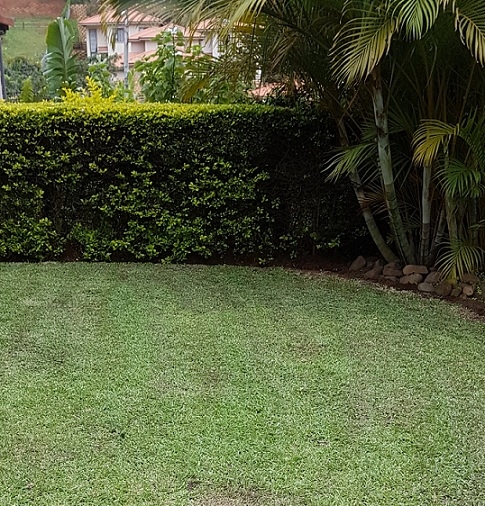Winter Garden Groundwork for a Blossoming Summer Garden
If you haven’t yet felt the slight nip at your heels, you can be sure it will happen soon. Winter is almost upon us and whilst our gardens on the coast take much less strain than those inland, there is still a lot of activity you can undertake in your winter garden to prepare for a beautiful summer garden.
Here are our top 5 winter garden groundwork activities:
1. LAWN WINTER SCARIFICATION
The definition of scarification is “to make shallow cuts in, to lacerate or to break up”. During the course of a season, dead grass (called thatch) and lateral grass stems build up, thus restricting light and air getting through to the grass roots.
As thatch builds it restricts any desired grass and instead moss and weeds are encouraged to take over, leading to a downward spiral in the health of a lawn. Lawn scarification is a harsh but very beneficial and necessary lawn treatment. It should be done annually in winter and must always be followed by lawn top dressing and watering.
2. LAWN TOP DRESSING
Topdressing is a sand or prepared soil mix applied to the surface of the lawn. Top dressing brings many benefits to a lawn that is looking a little lackluster. It helps to increase nutrient retention, improves drainage and increases disease and pest resistance. It is a compulsory addition when scarifying a lawn.
3. LATE WINTER GARDEN COMPOSTING
If you want a healthy garden, you should start from the ground up. Healthy soil is a vital component of a healthy landscape. Compost is a garden feeding solution composed of mineral solids, organic matter, water and air which provides soil anchoring and supports plants. Compost is also alive with bacteria, fungi and nematodes which help support the environment.
Adding compost to your garden beds annually is a very important garden practice and has the following benefits:
• Improves your soil structure
• Increases nutrient content
• Increases water retention
• Produces plants with fewer pest problems
4. WINTER PRUNING
In winter you should cut back branches that have overgrown in areas, that could be annoying or dangerous. Also, branches that have overlapped and can cause damage to each other can be pruned so that the healthier branch will remain. Branches that grow too close to the roof & gutter need annual pruning.
Pruning allows sunlight and air into the center of the tree – just enough to promote healthy growth. Winter is also the dormant time for trees. This means that the fresh wounds will only be exposed for a brief time and that the insects and diseases that are more prevalent in spring, are not attacking your wounded tree in winter. Pruning in winter also promotes faster regrowth in Spring.
5. WINTER MULCHING
Because traditional mulch breaks down over the course of a year, it is vital to re-apply it annually, and Winter is a prime time to do so. Mulch reduces surface water evaporation from the soil, can reduce soil erosion during extreme weather conditions, improves water penetration and air movement, moderates soil temperature changes and protects shallow-root plants from damage and intense sun damage. Mulching also discourages weed growth and decomposes to provide soil with organic matter.
Mulching is the most water-wise discipline one can institute. Materials one could use for mulching your garden are bark shavings, bark chips, dried leaves, dried sugar cane leaves, gravel or pebbles, nut shells
Our Service Offering
Eco Balance Landscaping is offering a “Winter Garden Package” on special. If you take all 5 of the above services with us, we will offer a discounted price and a free Succulent Gift Bowl. We also offer these services individually. Why not book a site visit with us today, at no cost to yourself and with no obligation, and let us assess your needs?




